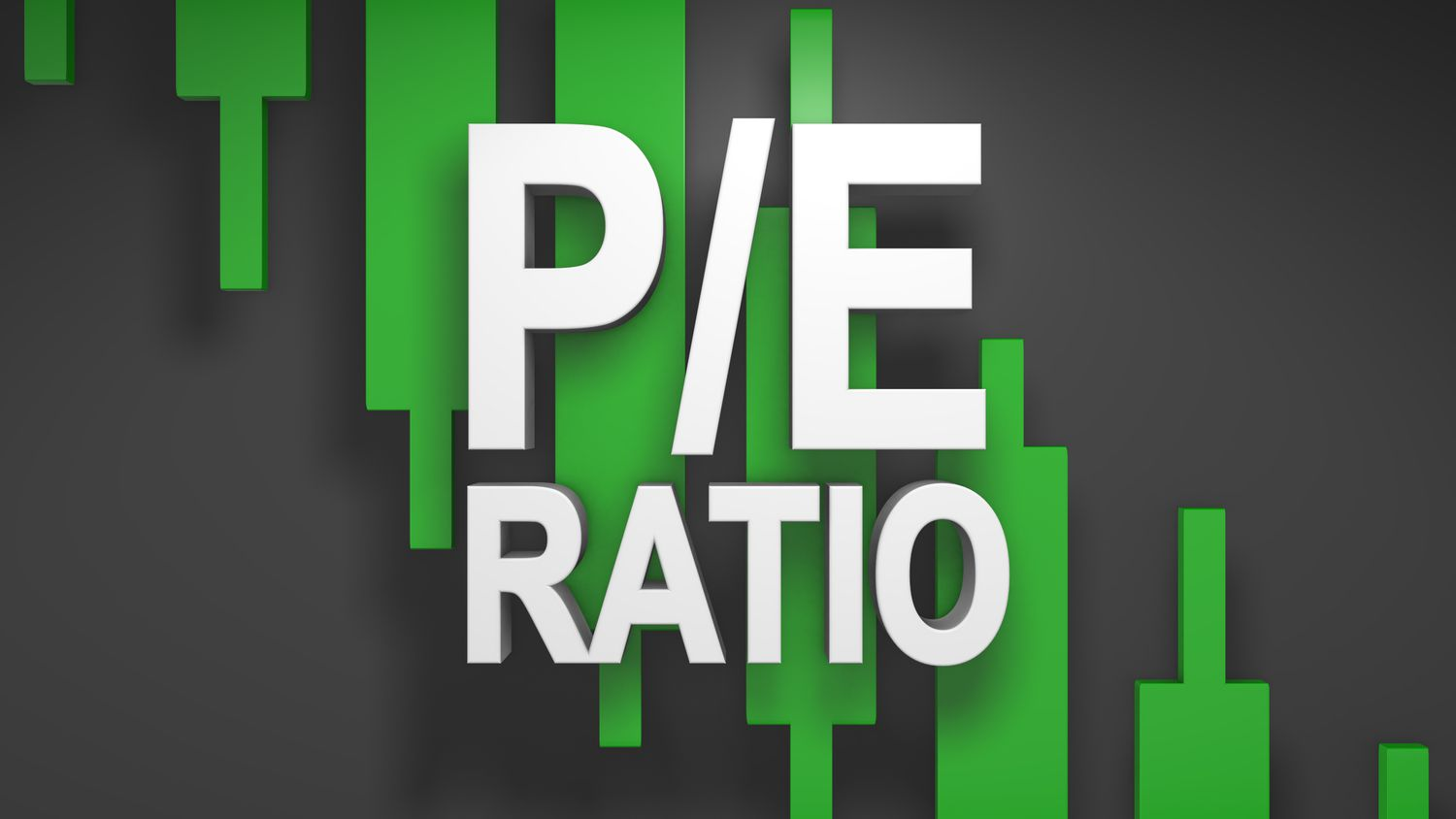Understanding the price-to-earnings (PE) ratio is crucial for investors who want to evaluate a company’s stock. Knowing how to interpret and calculate the PE ratio helps you make better-informed investment choices. This article presents a comprehensive overview of the PE ratio, covering its calculation, different types, and the factors influencing its value.
What is the price-to-earnings ratio (PE Ratio)?
The PE ratio can be calculated by dividing the market price of a company’s share by its earnings per share (EPS). It helps investors determine whether a stock is overvalued or undervalued based on its earnings. For instance, a PE ratio of 15 means investors are willing to pay Rs. 15 for every Re. 1 of the company’s earnings.
How to interpret the PE ratio
- High PE ratio: A high PE ratio may suggest that the stock is overvalue or that investors expect strong future growth. This could indicate that the stock’s current price might be too high compare to its earnings, potentially making it less attractive for investment.
- Low PE ratio: A low PE ratio could imply that the stock is undervalue or that the company is expected to perform poorly. However, if the company has strong fundamentals, a low PE ratio might represent a buying opportunity, indicating potential for future growth.
Types of PE Ratio
- Trailing twelve-month (TTM) PE ratio: The TTM PE ratio is calculated by dividing the current share price by the EPS from the past four quarters. This ratio provides an overview of the company’s recent performance and helps compare it with past PE ratios.
- Forward PE ratio: The Forward PE ratio utilizes projected EPS for the next four quarters rather than past earnings. This ratio helps investors forecast future performance and make investment decisions based on expected future earnings.
How to calculate the PE ratio
To calculate the PE ratio, you need the market price per share and the earnings per share (EPS). The formula is:
P/E Ratio = Market Price Per Share / Earnings Per Share (EPS)
This formula allows you to gauge how much investors are willing to pay for each unit of earnings.
Factors influencing the PE ratio
- Growth prospects: Companies expected to grow rapidly often have higher PE ratios because investors anticipate higher future earnings, justifying a higher current price.
- Risk profile: Companies in volatile industries or with unstable earnings may have lower PE ratios. This indicates that such investments are seen as riskier, which can result in a lower stock valuation.
- Industry norms: Each industry has a typical range for PE ratios. For example, technology companies might have higher PE ratios compared to traditional industries like manufacturing, reflecting differing growth expectations.
- Economic environment: Broader economic conditions may impact PE ratios. In a strong economy, PE ratios may rise due to increased investor optimism. At the same time, in a downturn, they may fall as confidence diminishes.
What does the price-to-earnings (PE) ratio tell us about a stock?
- High PE ratio: A high PE ratio indicates that investors expect significant future growth from the company. While this suggests potential, it may also mean the stock is overvalued and risky.
- Low PE ratio: A low PE ratio might indicate that a stock is undervalued or the company is expected to underperform. However, it might be an opportunity if the company’s fundamentals are strong and recovery is expected.
- Justified PE ratio: The justified PE ratio considers additional factors to determine a more accurate valuation. If a company’s actual PE ratio is below its justified PE, it may be undervalued.
- Negative PE ratio: A negative PE ratio means a company has negative earnings, which could indicate financial difficulties. Investing in such companies can be risky and requires careful consideration.
Factors to consider with the PE ratio
- Debt Exclusion: The PE ratio does not take into account a company’s debt, which can affect its overall risk and financial health. High debt levels can increase the company’s risk, even if the PE ratio appears favorable.
- Earnings volatility: It assumes stable earnings, but real-world earnings can fluctuate due to various factors. Volatile earnings can impact the accuracy of the PE ratio.
- Unclear growth direction: The PE ratio does not indicate potential changes in a company’s cash flow or growth direction. It offers a snapshot but does not capture future growth trends.
- Earnings quality: A lower PE ratio does not always mean a better investment. The quality of earnings, including their consistency and sustainability, is crucial when evaluating a stock’s true value.
Conclusion
The PE ratio is a valuable tool for evaluating stock value relative to earnings. Understanding how to calculate PE ratio can assist investors in making informed decisions. However, it is important to use the PE ratio alongside other metrics and consider factors like company debt, earnings volatility, and industry norms to gain a comprehensive understanding of a stock’s value.
Mutual Fund investments are subject to market risks, read all scheme related documents carefully.











